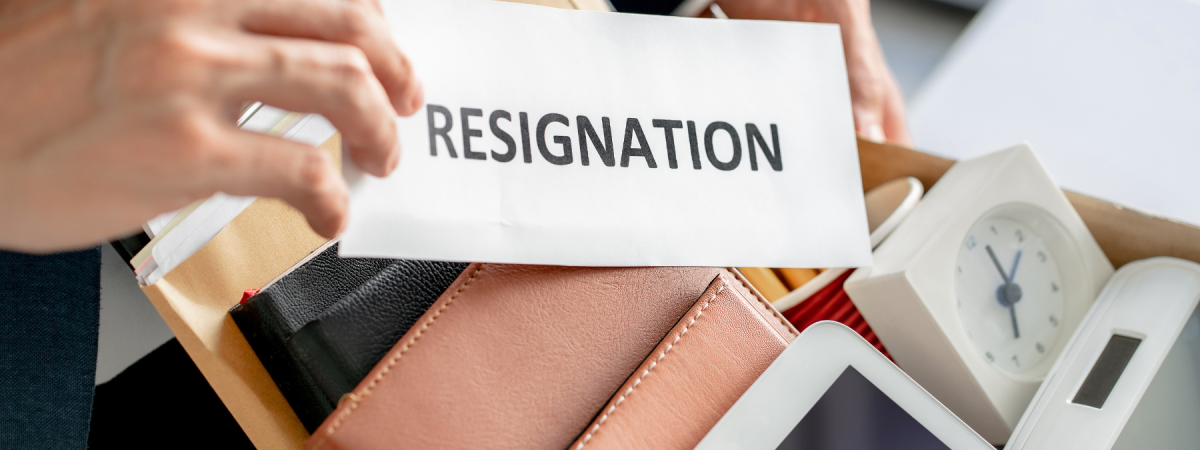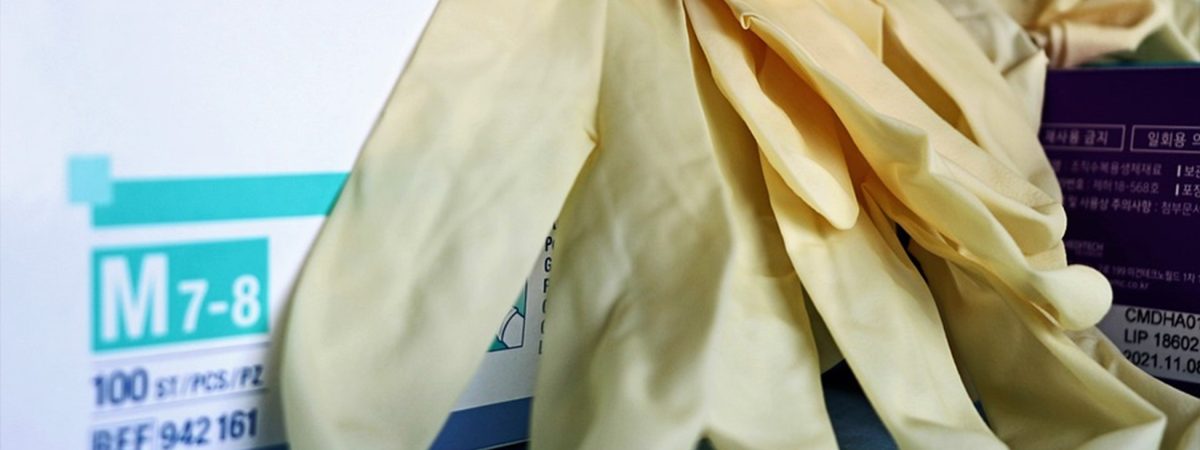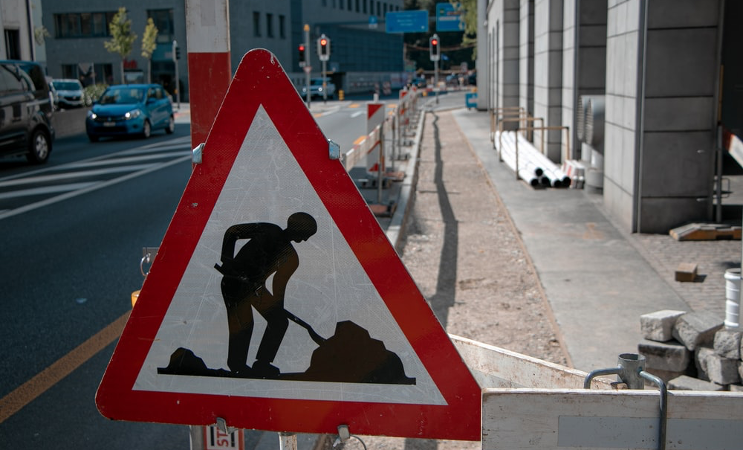
How to cope with colleagues quitting.
2021 has seen a record number of employees across North America leave their jobs. While many businesses are understaffed and desperately searching for qualified workers, those left behind might have trouble adjusting to the loss of their colleagues.
In this issue of the Pulse, we look at advice from Harvard Business Review and executive business coach Nihar Chhaya about what to do when your colleagues are leaving, but you plan to stay.
A ‘turnover tsunami.’
Chhaya describes the economy as experiencing a ‘turnover tsunami’ – over 40% of the global workforce has reported that they have left or are planning to leave their jobs in 2021.
If you’re among the 60% planning to stay in your current situation, it may be inevitable that you experience some changes in workplace culture as well as the added stress of a shifting workload. Chhaya, whose clients are experiencing culture shock from all of the turnover, recommends a few strategies to cope with this transitional period.
You may feel pushed out.
One of the issues workers are facing is a dichotomy between tenured and new employees. For longtime employees, there is the insecurity of being perceived as less innovative, strategic, or forward-thinking as newer hires. Likewise, some employees may feel like they have been quickly given more responsibility or seniority than they expected.
Chhaya recommends giving yourself the space to process the changes in your workplace. If you’re on the fence about staying or leaving, you may be going through something called “affective forecasting.”
Chhaya explains that when “you see others leaving your company, you may feel an urge to start looking for new opportunities as well. Their departures can trigger a feeling of social exclusion as you feel left behind.”
This exclusion, paired with the feeling of being out of place in your new situation, could lead to a very overwhelming time in your career.
Reflect on your place in the company culture.
If this sounds like something you’re struggling with, Chhaya recommends reflecting on yourself, your workplace, and your career goals.
“Start by reflecting alone, or with the help of a trusted partner, on your intrinsic values and goals,” he recommends.
“Then do an honest inventory of your current capabilities and reputation, as well as where you still need to develop, to achieve your ideal work life. At the same time, explore whether your values and goals are aligned with what your employer defines for success in your role. You may find that you’re motivated by a different set of criteria than your company, or that with a bit more adaptability you could find a way to be fulfilled by staying.”
Don’t act with haste. Figure out what will be the best for you, not what was the right choice for your other colleagues.
Be involved with new employee onboarding.
When appropriate, participate in onboarding activities and get to know new staff members in a reciprocal way. Be helpful and a mentor when needed, but also be open to learning their ways of doing things.
Chhaya says, “The best strategy is to simultaneously teach and learn. Share your experiences as a wise mentor but be willing to invite their input with a beginner’s mind. You will not only stay relevant as things change, but your openness will help you cultivate greater influence with your colleagues.”
If there’s a company onboarding playbook to follow for new employees, it’s never a bad idea to take another look to see if there are steps in it you can take to help adjust to the new workplace dynamic.
In conclusion…
The ‘turnover tsunami’ of 2021 may have thrown your workplace culture and career plan off track, but it doesn’t have to be a total loss. Even when others are leaving, if you make the choice to stay, it could be a positive thing for you and your company.
Nihar Chhaya is an executive coach to senior leaders at global companies, including American Airlines, Coca-Cola, GE, and Dell. You can read the rest of his advice in the original article on Harvard Business Review here.










